Grow a Perennial Garden to Save Time and Money
Updated: Feb. 13, 2024
Plant once, enjoy for many years—that's the purpose of a perennial garden. Get expert recommendations for easy-to-grow perennial plants.
On This Page
Why You Need a Perennial Garden
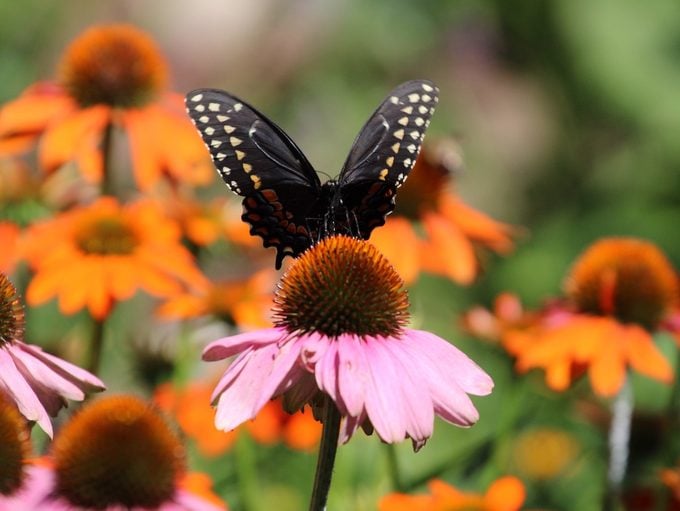
Plant once, enjoy for many years—that’s one of the top reasons to plant a perennial garden. Beyond adding color and interest, perennials stay in the ground over time, which means their extensive root systems will help hold soil in place, reducing the risk of soil erosion.
You can also save time and money by planting low-maintenance varieties and dividing them as they mature to make new (and free!) plants, says garden designer and author Kerry Ann Mendez, owner of Perennially Yours in Kennebunk, Maine. “My passion is working with perennials, especially shade perennials,” Kerry Ann says. “I love that you don’t have to keep planting them every year.”
Choosing Perennial Plants: Do Your Homework
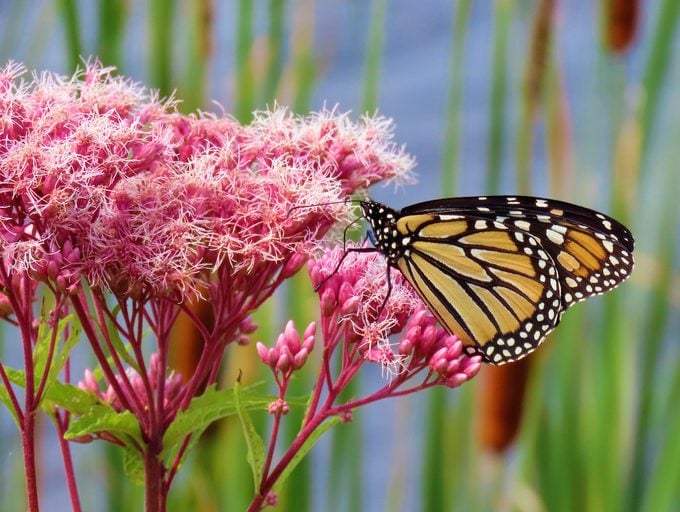
Know your hardiness zone before picking perennials. Also consider your summer heat, humidity, soil and drainage conditions, and opt for native plant species. “Smart plant selection and putting them in the right location brings great satisfaction with less work, and they’re going to benefit the ecosystem,” Kerry Ann says. “Look for plants that are more drought tolerant, like coneflowers, nepeta, lavender and sedum.”
Perennials also provide food and shelter for bees, butterflies and birds. In addition to planting pollinator-friendly plants, Kerry Ann suggests choosing varieties that provide nectar and pollen. “We also need host plants for butterflies and moths to lay their eggs on, and for caterpillars,” she says. “Try goldenrod, asters, milkweed and sunflowers.”
Remember to check for invasiveness of specific plants within your own region, adds Kerry Ann. “I love bee balm, but I’m always cautious with it and other plants that may look cute in containers at garden centers but can spread aggressively,” she says, also mentioning gooseneck loosestrife, yellow evening primrose, Pink Octopus bellflower and obedient plant as ones to keep an eye on.
Grow the best year-round perennials for interest regardless of the season.
Perennial Garden Advice: Divide Plants
Gardeners often divide spring bloomers in fall, and summer or fall bloomers in the spring, but Kerry Ann suggests that those in Zones 6 or colder divide spring bloomers right after they finish flowering. “Shear off the blooms and divide them then so they have months to set those roots and anchor in well,” she says. “The following spring, they’ll be in much better condition to give us a glorious show.”
With varieties that get woodier in the root, such as coral bells, Kerry Ann suggests digging out the plant and turning it on its side to get a clear view of its root system, and making a clean slice. “If you can get a number of stems and a good chunk of root, that’s fine,” she says. “Then, plant that piece deeper than it was so they flush out and come in beautifully.”
Don’t make common perennial plant mistakes.
Perennial Garden Plants for Sun
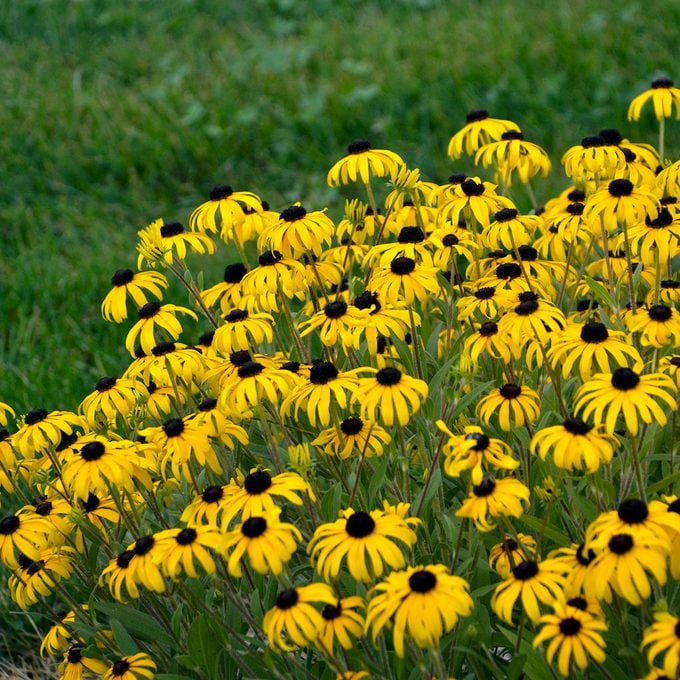
American Gold Rush Black-eyed Susan
Rudbeckia
With vibrant yellow flowers that bloom right up until fall, this black-eyed Susan variety also has hairy silvery foliage that glistens in the sun. Even better, it is resistant to Septoria leaf spot.
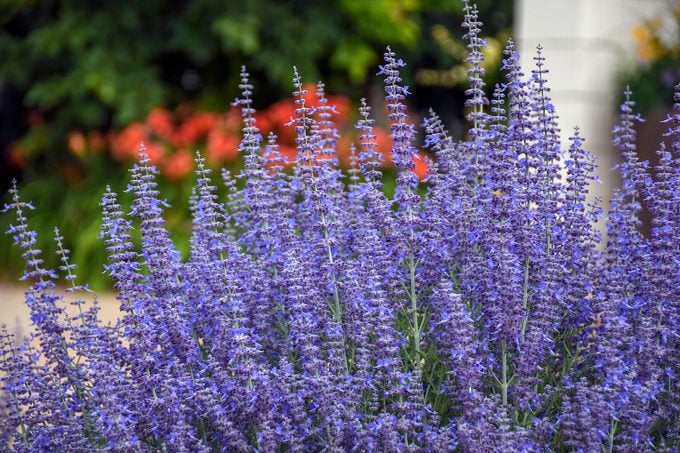
Denim ’n Lace or Sage Advice Russian Sage
Perovskia atriplicifolia
These drought-tolerant, heat-resistant herbaceous woody varieties of Russian sage boast lavender-purple blossoms and silvery green leaves that attract hummingbirds, butterflies and bees.
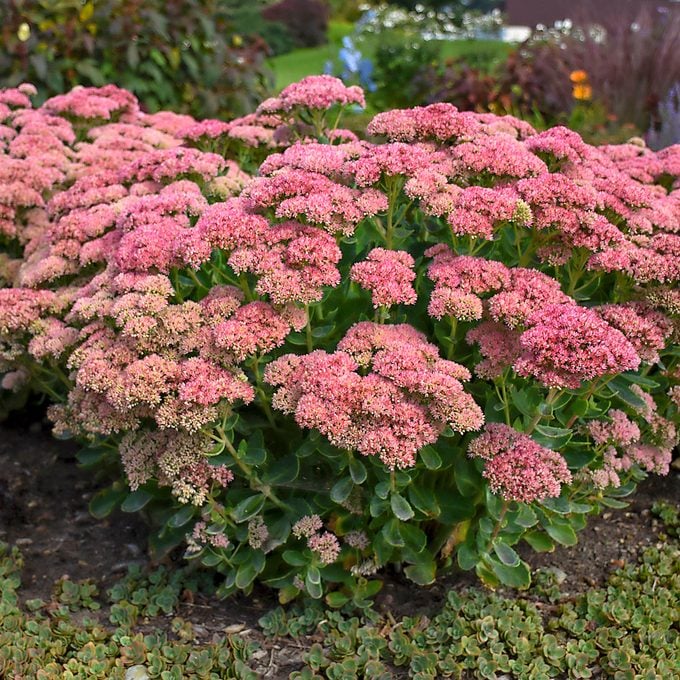
Autumn Joy Sedum
Hylotelephium ‘Herbstfreude’
Hardy clumps of foliage produce huge flowerheads that provide great color in the fall, plus a food source for birds during winter. Check out our ultimate sedum plant guide.
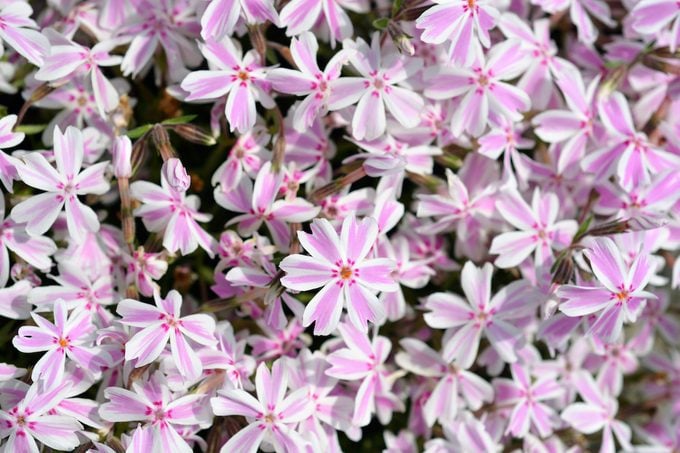
Candy Stripe Creeping Phlox
Phlox subulata
Featuring gorgeous, star-shaped crimson-and-white flowers beginning in midspring, this compact creeping phlox variety will last for years.
These are the 10 perennials you should cut back in fall (and five you should leave alone).
Perennial Garden Plants for Shade
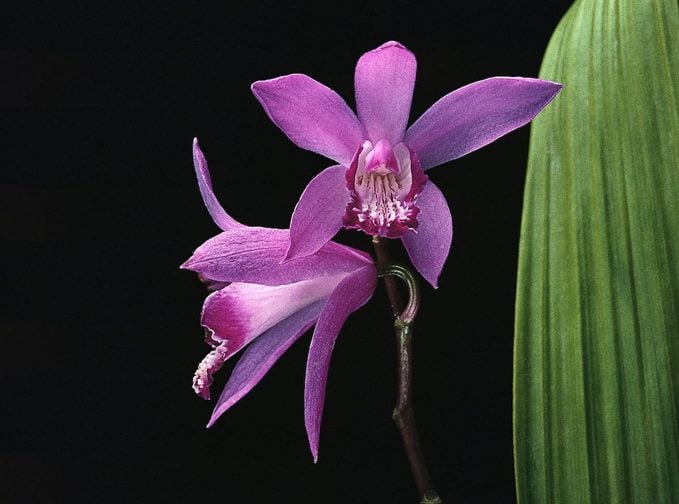
Candle in the Wind Orchid
Bletilla
These orchids burst into life in spring and summer in shades from white to pink, forming a hardy, dense clump with stunning spikes.
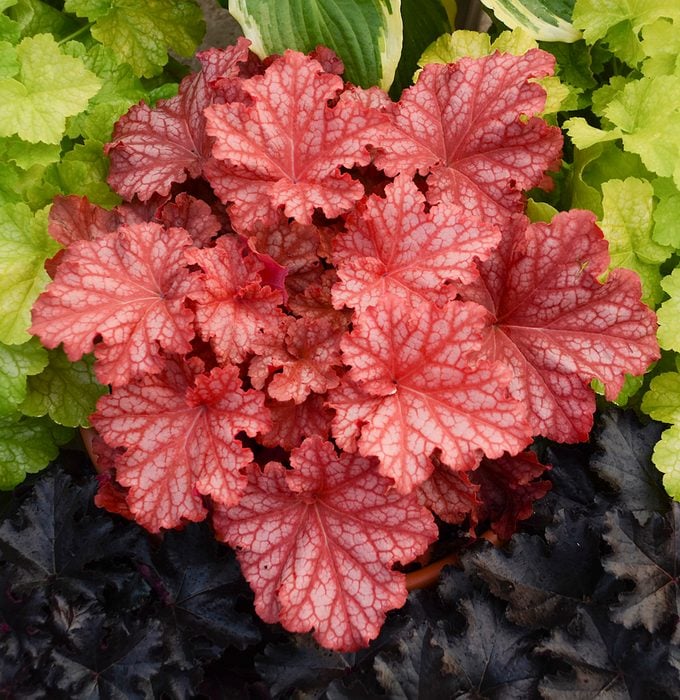
Primo Peachberry Ice Coral Bells
Heuchera hybrid
An explosion of orange leaves is sure to liven up a shade garden, and this variety has ruffled foliage with hot pink undersides and cream-colored flowers.
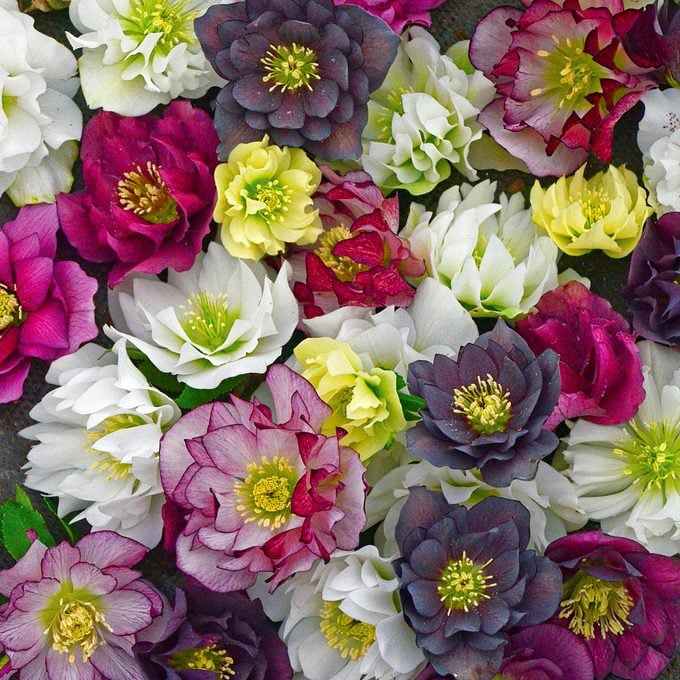
Wedding Party Mix Hellebores
Helleborus
Producing lovely double blossoms in late winter and early spring, these deer-resistant blooms pack a jolt of pink, yellow, black, white and purple when the garden needs color the most.
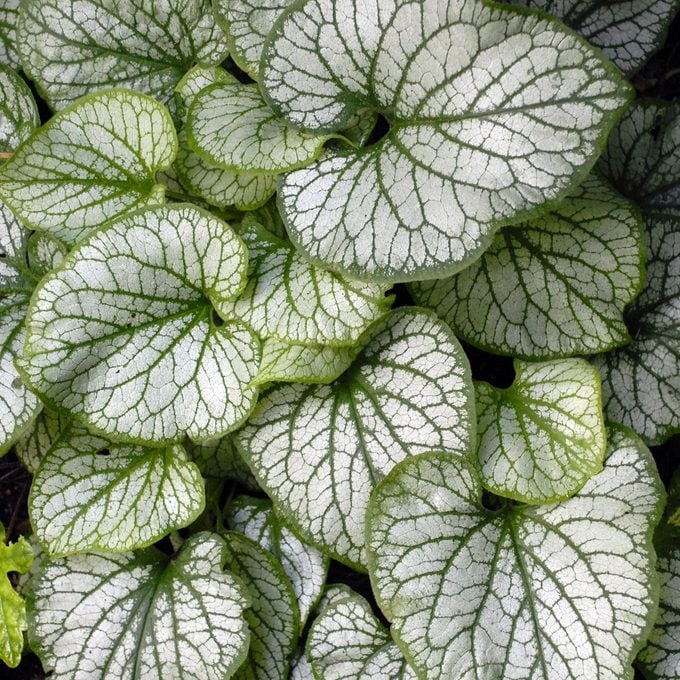
Jack Frost Siberian Bugloss
Brunnera macrophylla
This striking ornamental plant has delicate silver variegated foliage, often resembling a heart, and tiny bright blue flowers that bloom in early spring.
Perennial Garden Plants for Wildlife
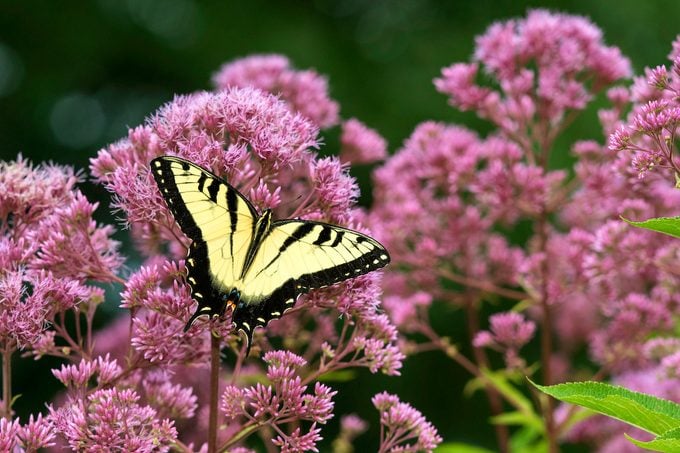
Joe Pye Weed
Eutrochium purpureum
Bracts of purple-pink blooms produce dense clusters that smell like vanilla. Pollinators love this late-blooming plant. Grow Joe Pye weed for butterflies and bees.
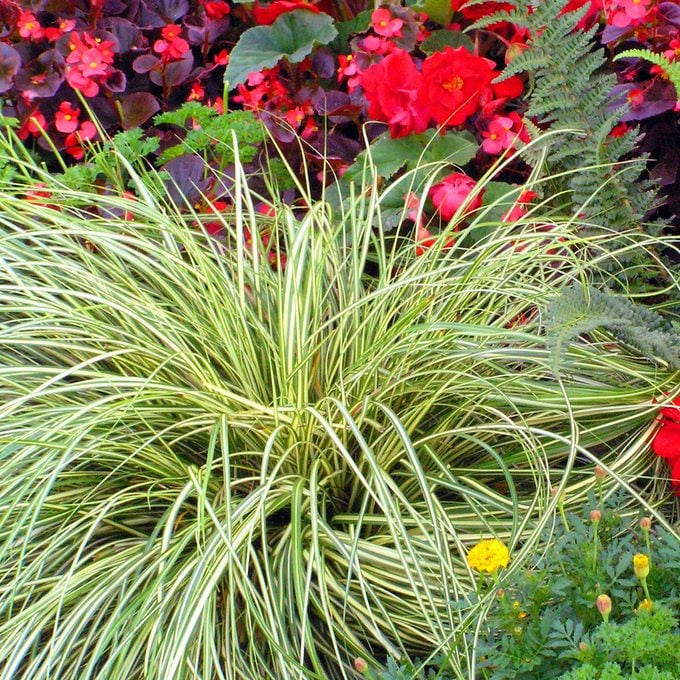
Sedges
Carex spp.
Wet areas of the garden can look fabulous when you plant this no-fuss, moisture-loving ornamental plant, which works well around ponds or other water features.
Learn how to plant a rain garden in your yard.
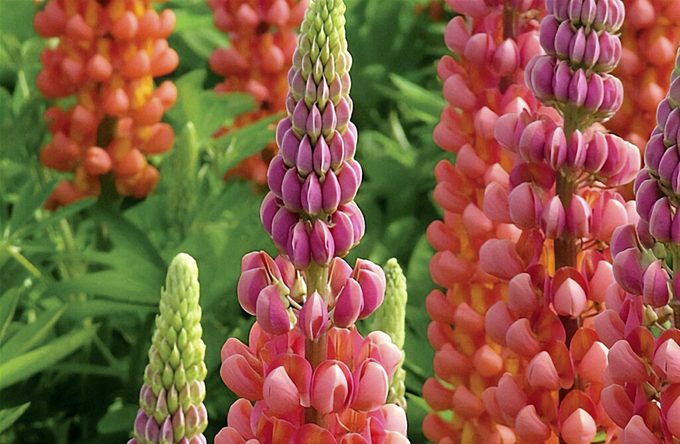
Lupines
Lupinus spp.
Graceful flower spikes in bold hues including multicolored blossoms draw bees and butterflies. These native wildflowers often reseed and thrive in sunny spots.
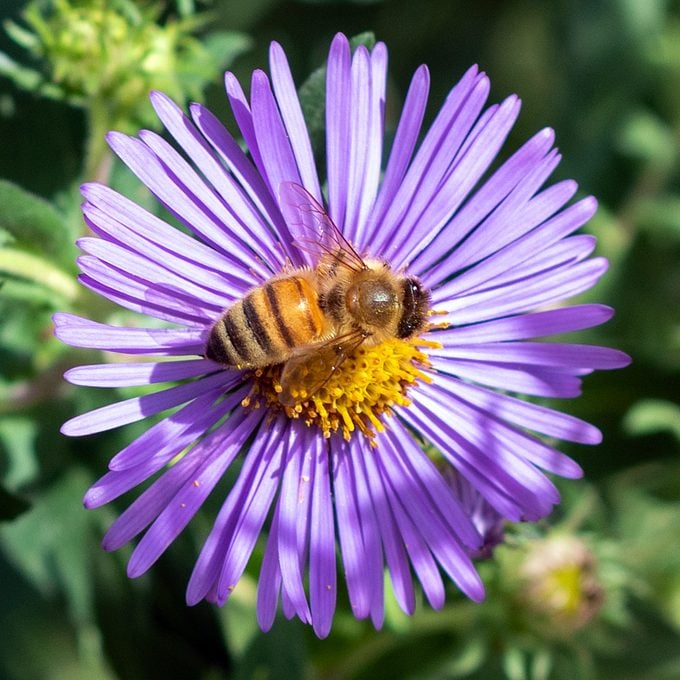
Asters
These late-season superstars offer a beautiful display of white, pink, blue or purple flowers that are easy to grow and are attractive to wildlife, but deer tend to ignore them.
The Value of Perennial Trial Gardens
Two resources that do the research for you to grow your best perennial garden.
- Mount Cuba Center, a nonprofit botanical garden in northern Delaware dedicated to native plants, recently trialed hundreds of varieties, including 75 different coneflowers. Check the Research page on their website to find the best options for your garden.
- All-America Selections, which trials vegetables, perennials and annuals across the U.S., offers a database of past winners on its website.
About the Expert
Kerry Ann Mendez is a nationally renowned expert gardener based in Maine. As the owner of Perennially Yours LLC, she’s published books about gardening and perennials, given gardening lectures, and maintains a gardening blog. She also offers home consultations to help homeowners get the most out of their garden.
Why Trust Us
For nearly 30 years, Birds & Blooms, a Trusted Media Brand, has been inspiring readers to have a lifelong love of birding, gardening and nature. We are the #1 bird and garden magazine in North America and a trusted online resource for over 15 million outdoor enthusiasts annually. Our library of thousands of informative articles and how-tos has been written by trusted journalists and fact-checked by bird and garden experts for accuracy. In addition to our staff of experienced gardeners and bird-watchers, we hire individuals who have years of education and hands-on experience with birding, bird feeding, gardening, butterflies, bugs and more. Learn more about Birds & Blooms, our field editor program, and our submission guidelines.






















